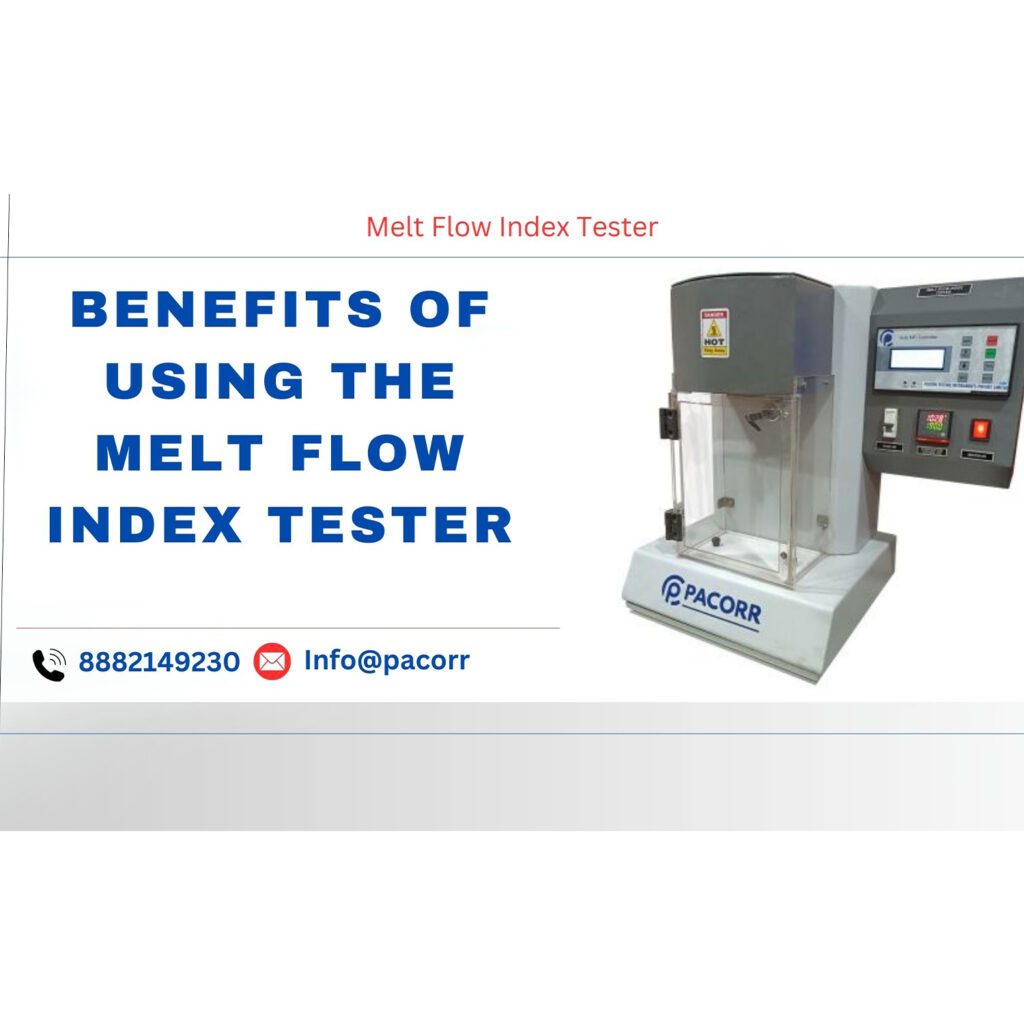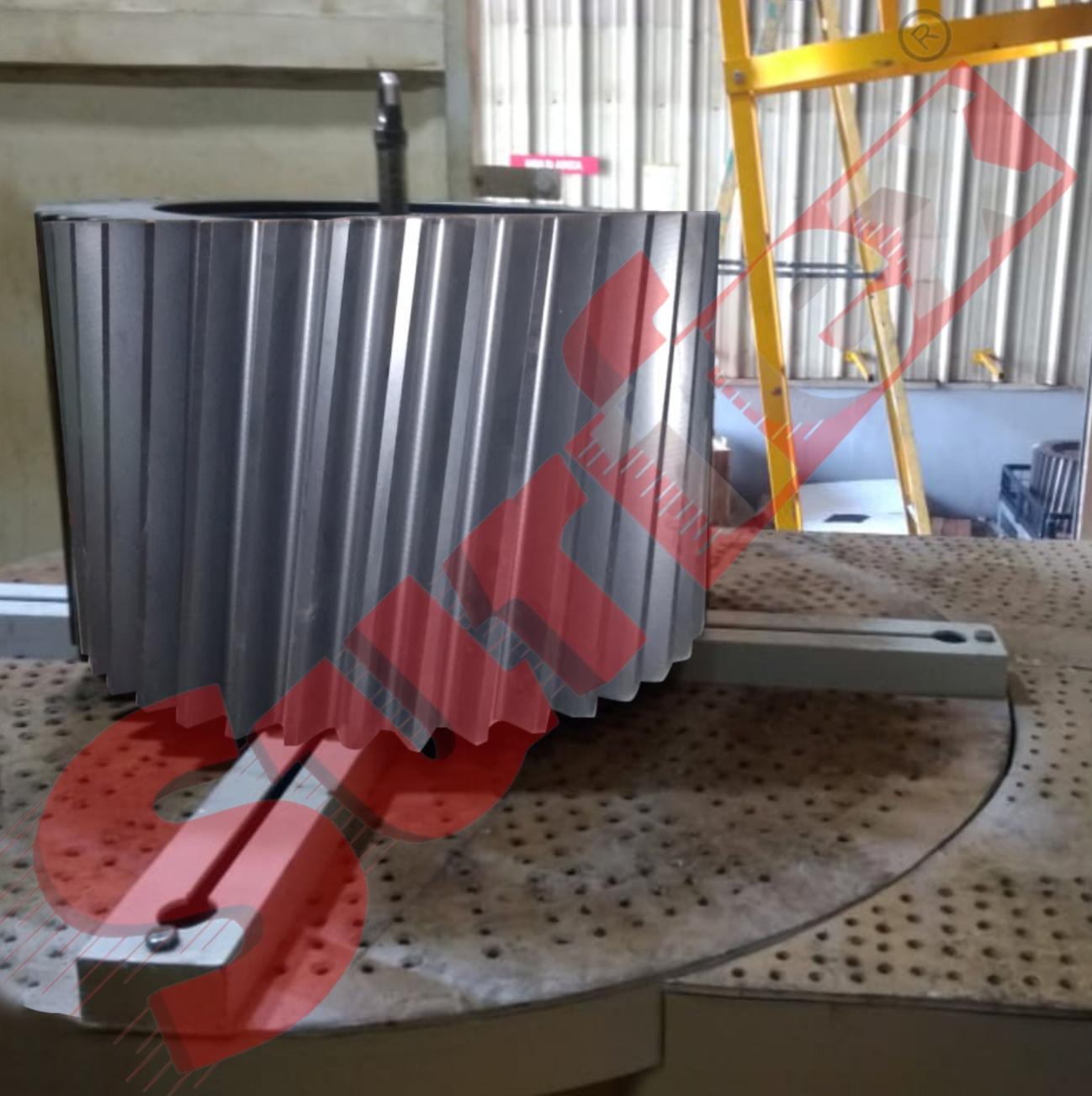Introduction:
In polymer manufacturing, controlling material properties is essential to producing high-performance products. One of the most important tests for evaluating polymer behavior is the test. The Melt Flow Index Tester is designed to provide accurate measurements of how easily a polymer flows when heated and subjected to pressure. This data is invaluable in ensuring consistency, quality, and optimal processing during production.
In this article, we’ll delve into the significance of MFI testing, how the Melt Flow Index Tester works, and its crucial role in improving polymer manufacturing processes.
What is the Melt Flow Index (MFI)?
The Melt Flow Index (MFI) is a measure of how easily a polymer flows when it is melted under controlled conditions of heat and pressure. It indicates the viscosity and molecular weight of the polymer.
-
High MFI: A high MFI indicates a polymer that flows easily, making it suitable for applications that require fast processing, such as injection molding and extrusion.
-
Low MFI: A low MFI indicates higher viscosity and resistance to flow, often found in polymers with higher molecular weight. These materials are preferred in applications that require strength, toughness, and durability.
MFI testing helps manufacturers assess how a polymer will behave during production and select the right material for specific applications.
How Does the Melt Flow Index Tester Work?
The Melt Flow Index Tester evaluates the flow behavior of polymer materials by subjecting them to standardized testing conditions. Here’s how the testing process typically works:
-
Loading the Polymer Sample: A sample of the polymer is loaded into the heated barrel of the tester. The temperature is adjusted to the appropriate level based on the polymer’s specifications.
-
Applying Pressure: A standard weight is applied to the polymer sample, forcing the melted polymer through a die. This simulates the processing conditions the material will undergo during manufacturing.
-
Measurement: The tester measures the amount of polymer that flows through the die in a set time, usually 10 minutes. This is measured in grams per 10 minutes (g/10 min), which provides the Melt Flow Index (MFI) value.
-
Result Analysis: The MFI value is used to evaluate how the material will perform in various processing applications. A higher MFI means faster processing, while a lower MFI suggests more demanding processing conditions are required.
Why is MFI Testing Important?
-
Ensuring Consistent Quality: Regular MFI testing helps manufacturers ensure that polymer batches are consistent and meet performance standards. Variations in MFI can indicate problems with the material’s molecular structure, such as degradation or incomplete polymerization.
-
Optimizing Production Efficiency: By understanding the MFI, manufacturers can adjust processing parameters, such as temperature and pressure, to improve efficiency. This leads to faster production times and reduced waste.
-
Material Selection: MFI testing helps manufacturers select the right polymer for each application. Polymers with a high MFI are better suited for high-speed processes, while low MFI materials are ideal for applications that require enhanced strength and durability.
Benefits of Using a Melt Flow Index Tester
-
Accurate and Consistent Measurements: Melt Flow Index Testers deliver reliable and repeatable results, ensuring that polymer properties remain consistent across production batches.
-
Simplifies Quality Control: These testers make it easy to verify that materials meet the required flow specifications. The ease of use and quick setup make them ideal for regular quality control checks.
-
Enhanced Process Control: Accurate MFI readings help manufacturers fine-tune their production processes, reducing the risk of defects and improving overall production quality.
-
Cost-Effective Production: By identifying material inconsistencies early in the process, manufacturers can reduce waste, optimize material usage, and avoid costly production errors.
What to Look for When Choosing a Melt Flow Index Tester
When selecting a Melt Flow Index Tester, consider these key features to ensure it meets your needs:
-
Temperature Control: Ensure that the tester can reach and maintain the temperature required for different types of polymers. A wide temperature range allows for greater flexibility in testing various materials.
-
Measurement Precision: The tester should provide highly accurate measurements to ensure that the MFI values are reliable for quality control and process optimization.
-
Ease of Use: Choose a tester with a simple user interface and easy-to-read display, allowing operators to conduct tests efficiently without requiring extensive training.
-
Safety Features: Make sure the tester has built-in safety mechanisms, such as temperature overrun protection and automatic shutdown, to safeguard both the operator and the device.
Conclusion
The Melt Flow Index Tester Price is an essential tool in polymer manufacturing, providing critical data that helps ensure material quality and processing efficiency. By accurately measuring the flowability of polymers, this instrument allows manufacturers to optimize production conditions, choose the right materials, and maintain consistent product quality.
At Pacorr, we offer high-performance Melt Flow Index Testers that deliver accurate, reliable, and consistent results for polymer manufacturers. Our testers are designed for ease of use, precision, and durability to help you meet the most demanding quality control requirements.
To learn more about our Melt Flow Index Testers and how they can improve your manufacturing processes, visit pacorr.com.














